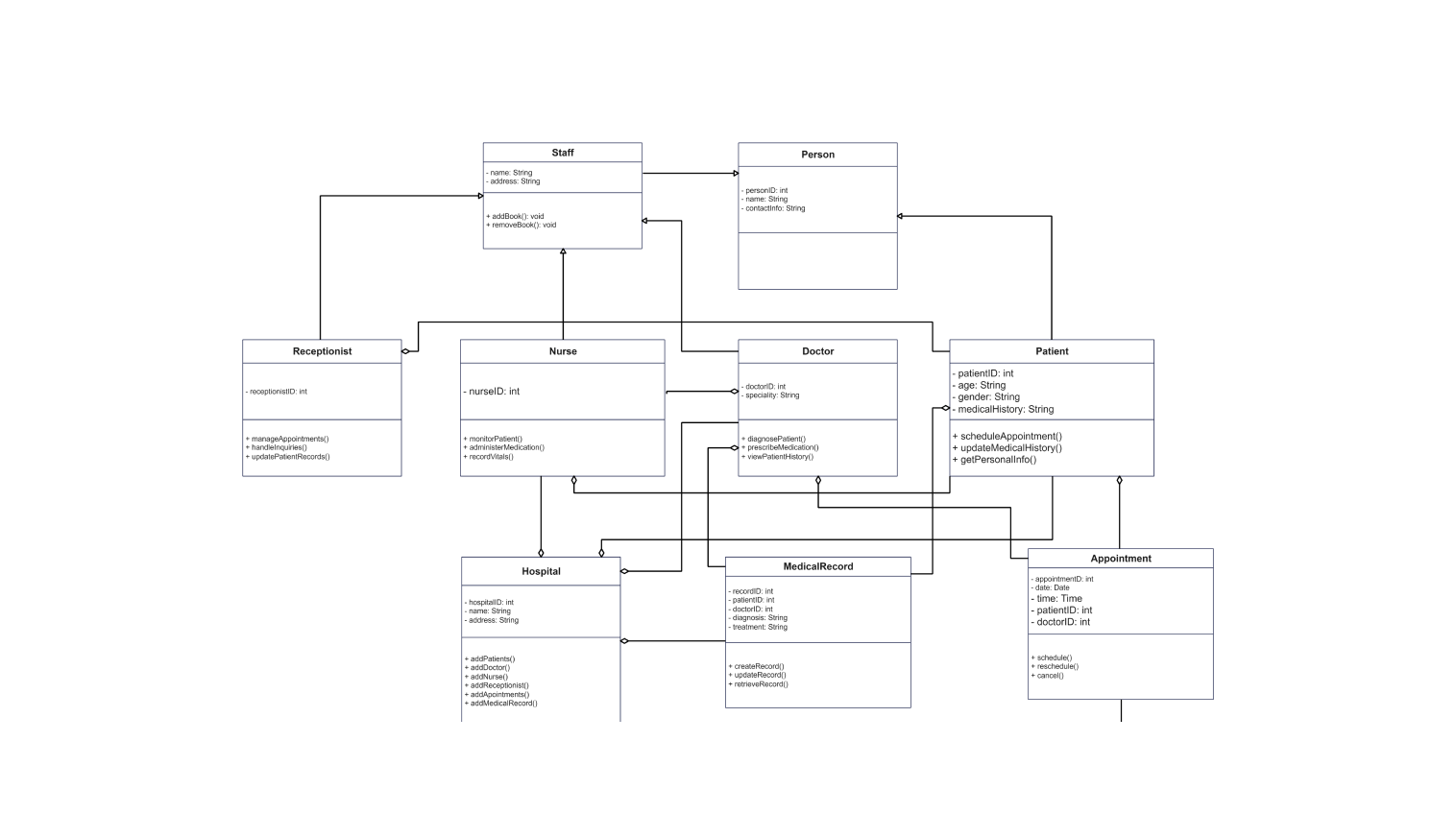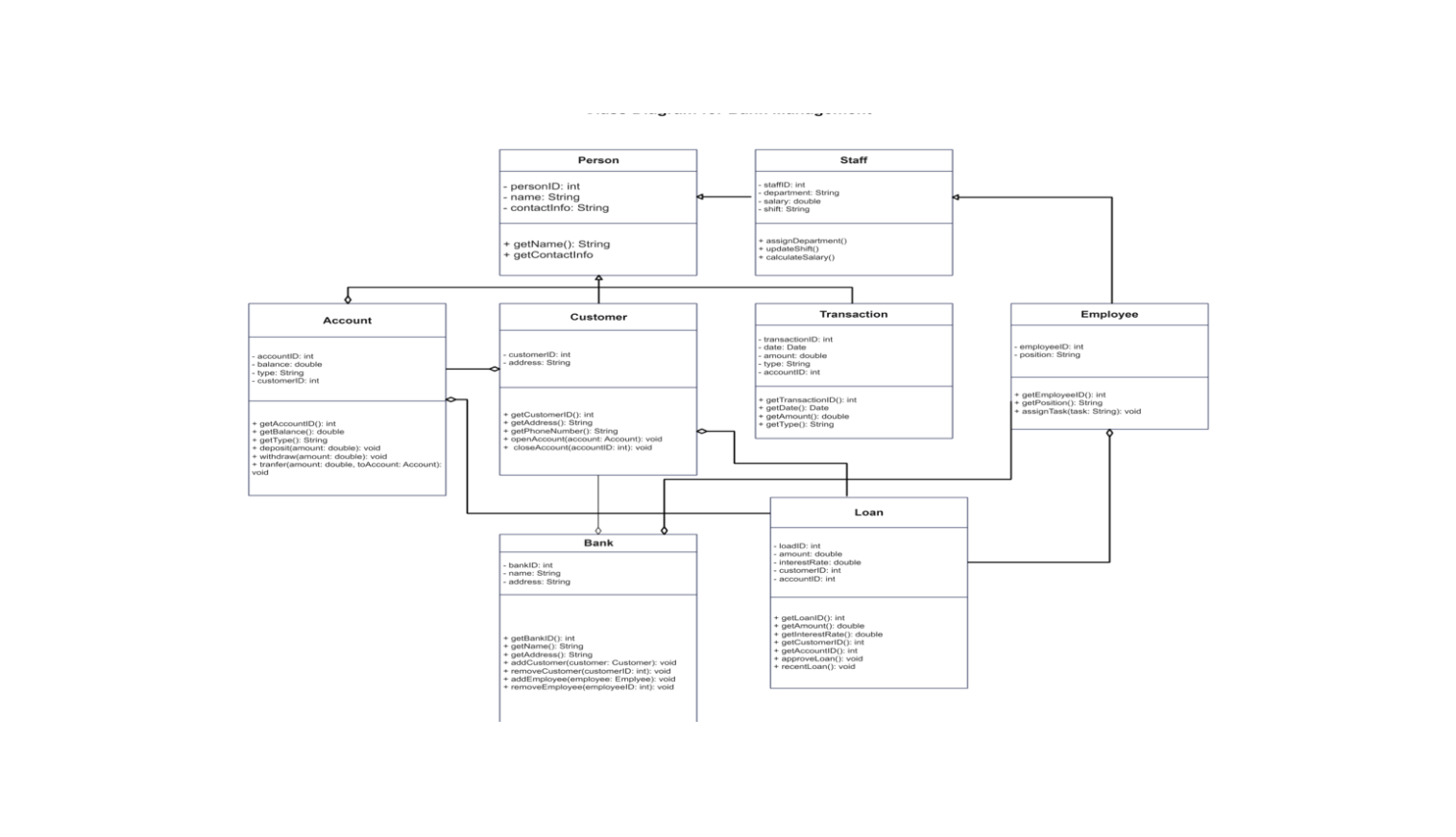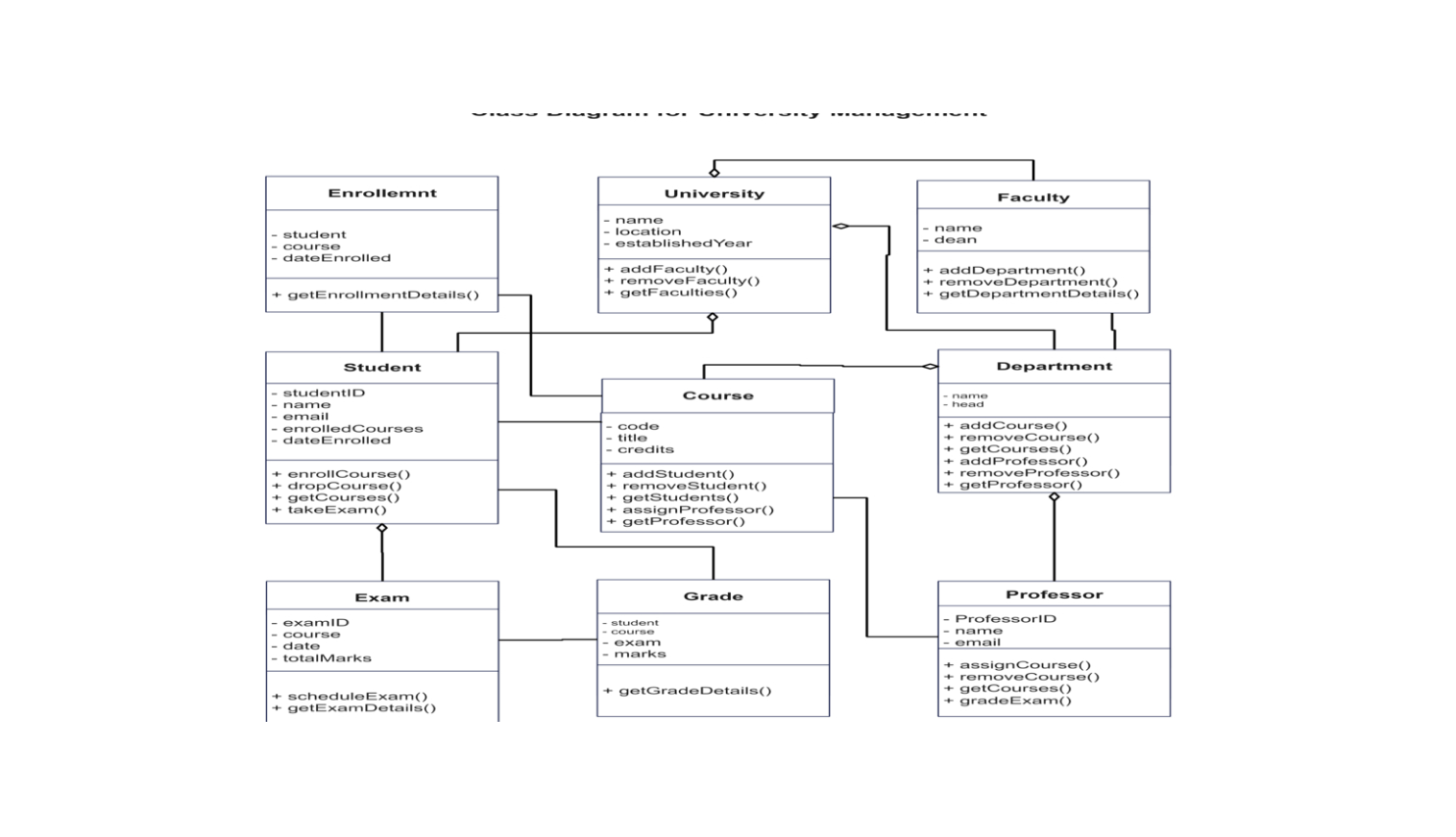- Templates
- Class diagram templates
- Class diagram for library management
About the class diagram example
A library management system class diagram visually represents the structure of the system, detailing the classes, their attributes, methods, and relationships. Key classes include Library, Book, BookCopy, Member, LibraryStaff, Student, Borrowing and Transaction.
This diagram highlights how the library class manages collections of books and members who borrow them. It showcases the relationships between the Book, BookCopy, Member, LibraryStaff, and Transaction classes, emphasizing their interactions and roles within the system. Also there is an inheritance relationship of LibraryStaff and Student with Member.
How to use the class diagram template
Begin by clicking the "Edit Online" button, which will open the template in the Edraw Online editor.
Personalize the template by selecting classes and shapes from the libraries on the left side of the editor.
Export the finalized diagram in the format that best suits your needs.
Why one should use the timing diagram template?
Using the library management system class diagram template provides a structured way to visualize the system's architecture and relationships between classes. It helps in breaking down complex system components, making it easier for stakeholders to understand the design and data flow.
This visual tool enhances communication among team members, ensuring clarity in roles and responsibilities. It also serves as valuable documentation for future reference, aiding in system maintenance and updates. By using this template, organizations can streamline design, improve accuracy, and facilitate collaboration.
FAQs about the class diagram template of the library management system
-
What is a class diagram?
A class diagram is a visual representation of the system's classes, showing their attributes, methods, and relationships. It helps in understanding the system's structure and facilitates communication among stakeholders.
-
How detailed should a library management system class diagram be?
The diagram should be detailed enough to clearly represent all essential classes and their interactions but not overly complex. It should balance comprehensibility and completeness, ensuring stakeholders can easily understand the system's architecture.
-
Can this template be customized for different library management systems?
Yes, the template can be customized to fit the specific requirements and functionalities of different library management systems. Customization ensures that the template addresses unique features, class relationships, and interactions specific to each system.
Related class diagram templates
Get started with EdrawMax today
Create 210 types of diagrams online for free.
Draw a diagram free Draw a diagram free Draw a diagram free Draw a diagram free Draw a diagram free



